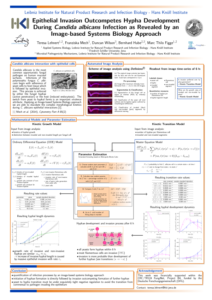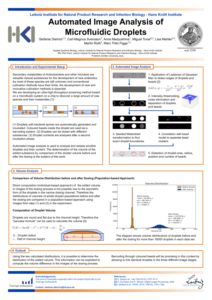Factor H is a versatile and most abundant regulator of the alternative pathway of the complement system. Factor H reduces the opsonization of the cell surface and inhibits the amplification of complement activation on the cell surface. Using the DynaCoSys model, the influence of Factor H on the cell surface is investigated.
Experimental Collaborators
- Infection biology group at the Leibniz-HKI in Jena, Germany

Relative coverage (A) and proportion (B) of C3b molecules at the cell surface
Based on the dominating types of $C_3b$ molecules, we distinguish the two extreme regimes for non-self recognition and self-tolerance that are separated by a transition regime where complement evasion takes place.
The steady state of the system illustrates that Factor H is crucial for the level of complement molecule concentration on the cell surface. Using the ratio of complement molecules on the cell surface, we show that Factor H is crucial for discrimination between self and non-self cells. Furthermore, we could identify a regime of complement evasive pathogens.

Steady states of the molecules C3bf and C3af in the fluid phase for varying surface-bound Factor H concentrations
With the partial differential equations, it is possible to analyze in detail the concentration of active opsonins and anaphylatoxins around the cell surface.









